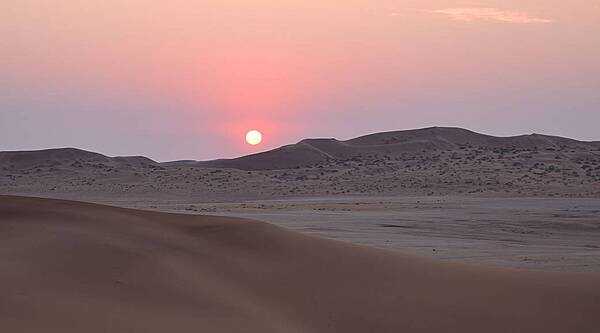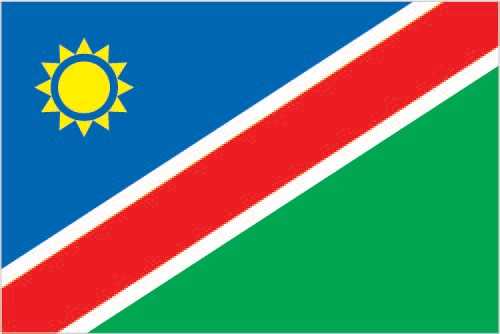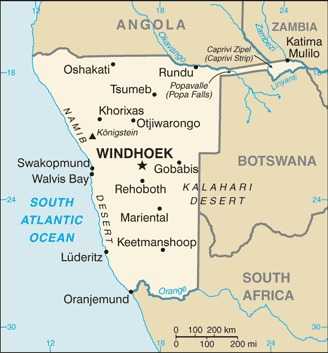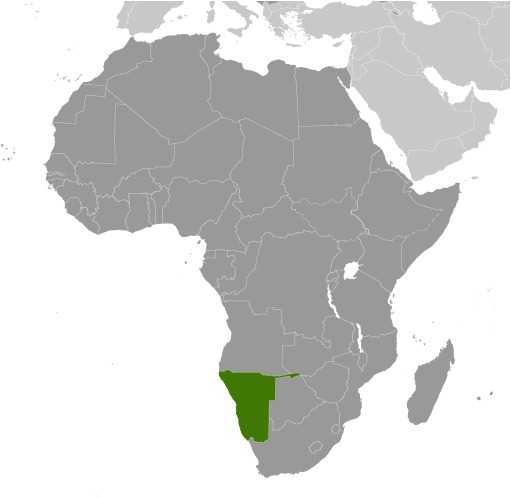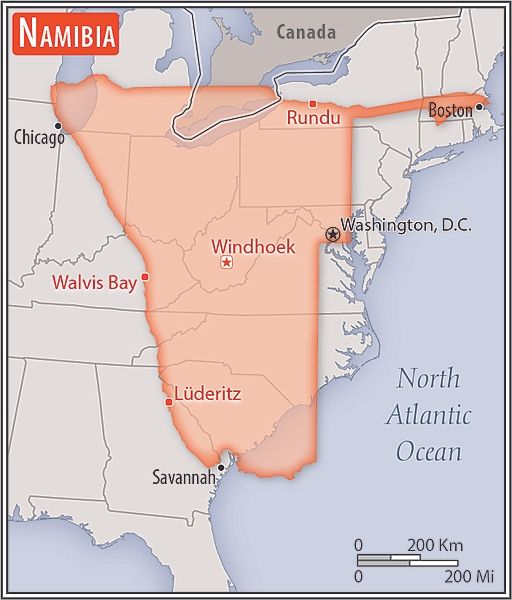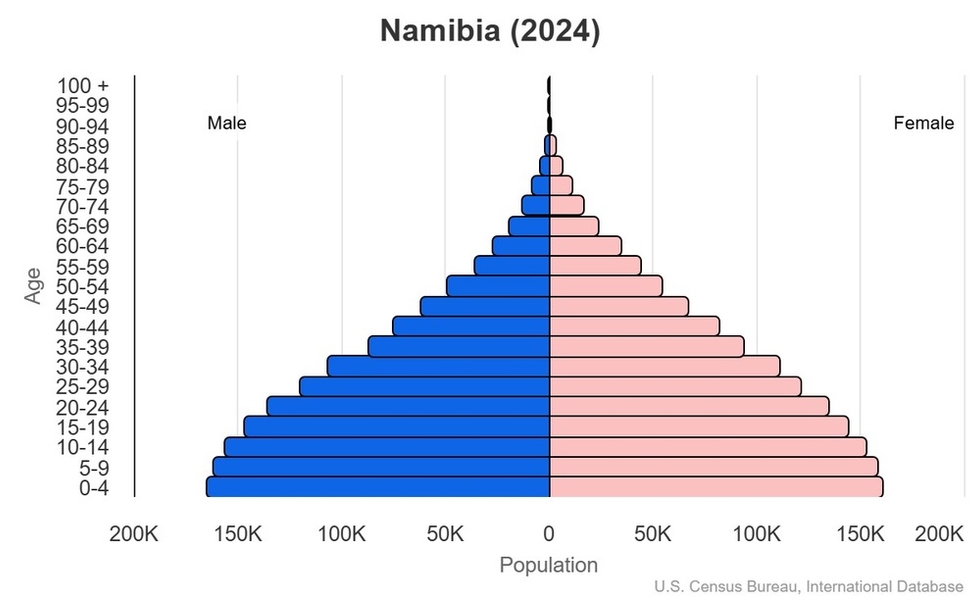Introduction
Visit the Definitions and Notes page to view a description of each topic.
Geography
People and Society
Population
comparison rankings: total 141; male 142; female 139
Median age
comparison ranking: total 182
Population growth rate
comparison ranking: 54
Birth rate
comparison ranking: 47
Death rate
comparison ranking: 117
Net migration rate
comparison ranking: 87
Maternal mortality ratio
comparison ranking: 54
Infant mortality rate
comparison ranking: total 55
Life expectancy at birth
comparison ranking: total population 203
Total fertility rate
comparison ranking: 51
Obesity - adult prevalence rate
comparison ranking: 119
Alcohol consumption per capita
comparison ranking: total 126
Tobacco use
comparison ranking: total 114
Education expenditure
comparison ranking: Education expenditure (% GDP) 6
Environment
Carbon dioxide emissions
comparison ranking: total emissions 145
Government
Economy
Real GDP (purchasing power parity)
comparison ranking: 146
Real GDP growth rate
comparison ranking: 85
Real GDP per capita
comparison ranking: 145
Inflation rate (consumer prices)
comparison ranking: 127
GDP - composition, by sector of origin
comparison rankings: agriculture 90; industry 62; services 124
Industrial production growth rate
comparison ranking: 115
Labor force
comparison ranking: 144
Unemployment rate
comparison ranking: 182
Youth unemployment rate (ages 15-24)
comparison ranking: total 11
Gini Index coefficient - distribution of family income
comparison ranking: 1
Public debt
comparison ranking: 196
Taxes and other revenues
comparison ranking: 2
Current account balance
comparison ranking: 150
Reserves of foreign exchange and gold
comparison ranking: 114
Energy
Electricity
comparison rankings: installed generating capacity 146; consumption 136; exports 87; imports 61; transmission/distribution losses 89
Energy consumption per capita
comparison ranking: 131
Communications
Telephones - fixed lines
comparison ranking: total subscriptions 143
Telephones - mobile cellular
comparison ranking: total subscriptions 146
Broadband - fixed subscriptions
comparison ranking: total 133
Transportation
Merchant marine
comparison ranking: total 152
